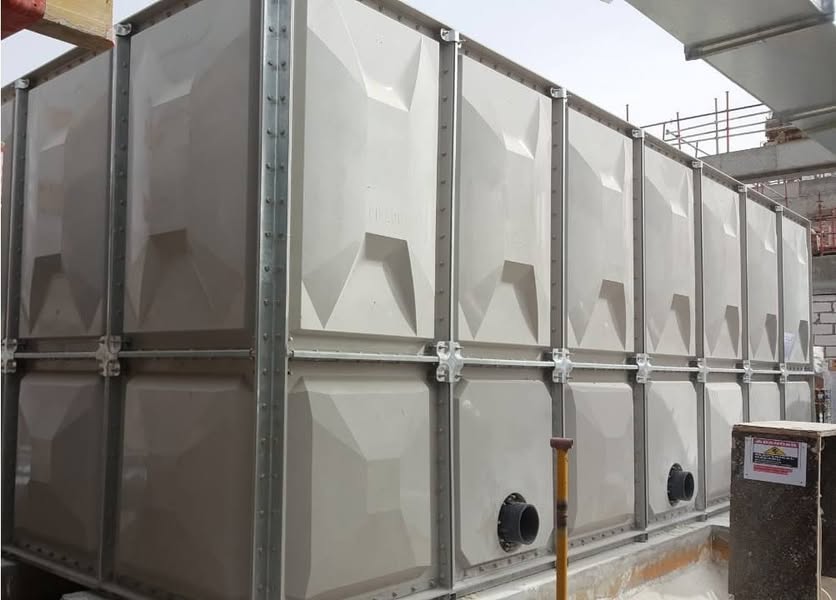A GRP water tank is made of glass-reinforced plastic, which combines fiberglass and resin to create a strong, lightweight, and corrosion-resistant material. These tanks are commonly used for potable and non-potable water storage in industrial, residential and commercial applications.
The lifespan of a GRP water tank typically ranges between 15 to 30 years, depending on factors such as material quality, installation practices, water quality, and maintenance. Tanks with superior materials and proper care can last even longer, while tanks exposed to harsh conditions may have a shorter lifespan.
The longevity of a GRP water tank is greatly influenced by the quality of the resin and fiberglass used in its manufacture. High-quality materials provide better resistance to environmental factors and wear and tear over time. Lower quality materials may degrade more quickly, shortening the life of the tank.
UV rays from the sun can cause the resin used in GRP tanks to degrade over time, resulting in cracking and weakening of the structure. To prevent this, most GRP tanks are treated with UV-resistant coatings that help extend their life.
Both high and low temperatures can affect the performance of a GRP tank. Extremely high temperatures can cause the resin to soften, while cold temperatures can make the material more brittle. It's important to ensure proper insulation if the tank will be used in extreme weather conditions.
Water stored in GRP tanks should be free of corrosive substances such as chlorine or salt. Corrosive water can significantly reduce the life of the tank. Regular water quality testing and cleaning is critical to maintaining the integrity of the tank.
Proper installation of a GRP water tank is critical to its longevity. Tanks placed in areas prone to mechanical stress, such as near heavy equipment or high vibration areas, are more likely to be damaged. A stable, level foundation is key to avoiding undue stress on the tank structure.
Proper maintenance, including regular cleaning and inspection, will help extend the life of your FRP water tank. Addressing minor issues such as cracks and leaks in a timely manner can prevent more serious problems down the road and ensure the tank performs optimally for a longer period of time.

By following best practices for maintenance, you can significantly extend the lifespan of your GRP water tank:
Even with proper maintenance, there are certain signs that indicate your GRP water tank may need to be replaced:
The lifespan of a GRP water tank is largely determined by factors such as material quality, environmental conditions, water quality, and maintenance. By choosing a quality tank, performing regular inspections, and following proper maintenance practices, you can ensure that your GRP water tank will last for decades, providing reliable and safe water storage.
To optimize the performance and longevity of your GRP tank, always prioritize quality installation, regular maintenance, and water quality monitoring. This will help you avoid costly replacements and keep your water storage system running smoothly for years to come.
Experience the brand Trusted by Renowned Companies across the GLOBE.

Pipeco stands at the forefront of the market, recognized as a premier manufacturer, supplier, and exporter specializing in top-tier GRP water tanks, stainless steel water tanks, and SMC manhole covers, FRP Water Tank, Fiberglass Tank, SMC Water Tank committed to delivering unparalleled quality and excellence.